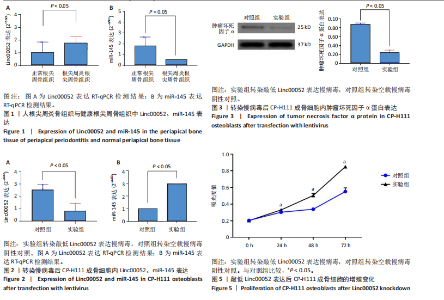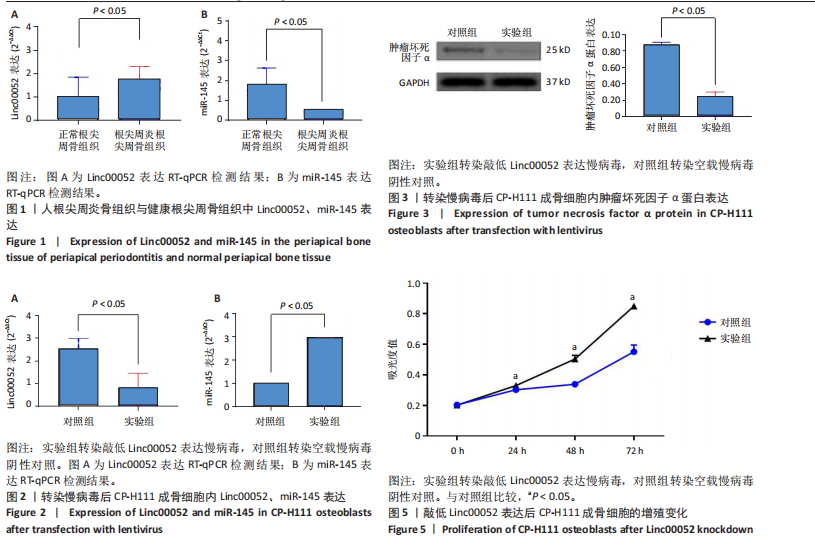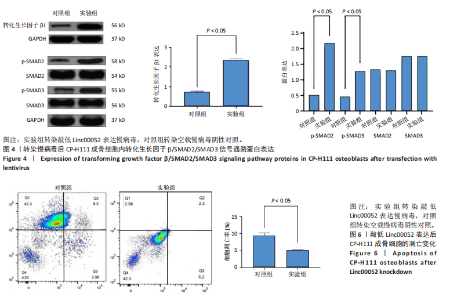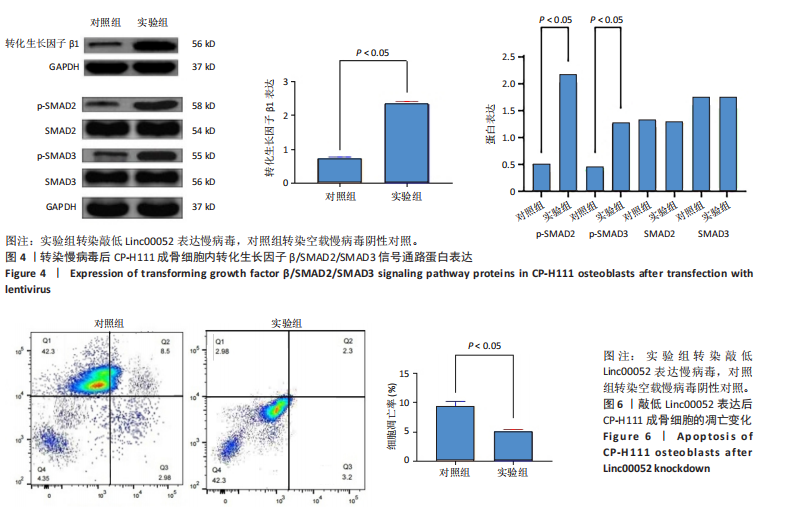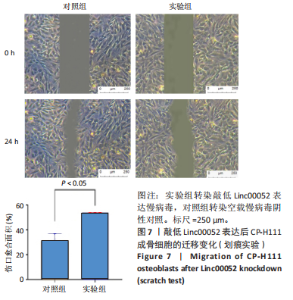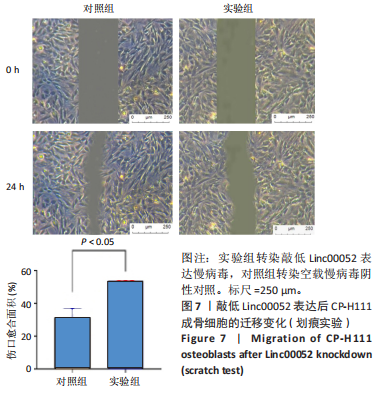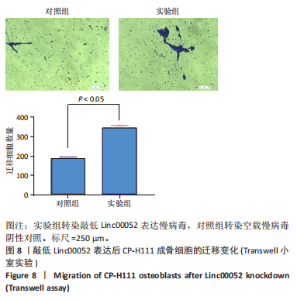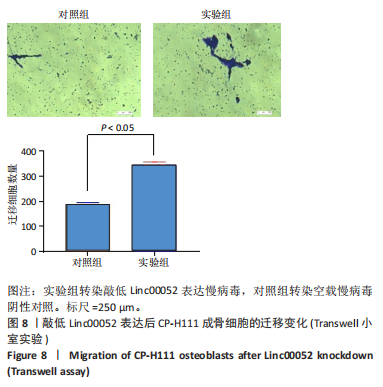[1] YE L, CAO L, SONG W, et al. Interaction between apical periodontitis and systemic disease (Review). Int J Mol Med. 2023;52(1):60-79.
[2] ASHFAQ R, KOVÁCS A, BERKÓ S, et al. Developments in Alloplastic Bone Grafts and Barrier Membrane Biomaterials for Periodontal Guided Tissue and Bone Regeneration Therapy. Int J Mol Sci. 2024;25(14): 7746-7786.
[3] FENG P, HE R, GU Y, et al. Construction of antibacterial bone implants and their application in bone regeneration. Mater Horiz. 2024;11(3): 590-625.
[4] 李睿,王春兰,范月静,等.纳米胶原基骨修复牙周病及根尖周病骨缺损[J].中国组织工程研究,2012,16(34):6317-6320.
[5] GHAHRAMANI ALMANGHADIM H, KARIMI B, VALIZADEH S, et al. Biological functions and affected signaling pathways by Long Non-Coding RNAs in the immune system. Noncoding RNA Res. 2024;6(10): 70-90.
[6] FAN Y, LYU P, BI R, et al. Creating an atlas of the bone microenvironment during oral inflammatory-related bone disease using single-cell profiling. Elife. 2023;1(12):82537-82562.
[7] DONG M, XU T, LI H, et al. LINC00052 promotes breast cancer cell progression and metastasis by sponging miR-145-5p to modulate TGFBR2 expression. Oncol Lett. 2021;21(5):368-379.
[8] YU L, QU H, YU Y, et al. LncRNA-PCAT1 targeting miR-145-5p promotes TLR4-associated osteogenic differentiation of adipose-derived stem cellss. J Cell Mol Med. 2018;(12):6134-6147.
[9] 阿布都艾尼·热吾提,周文正,车立新,等. LINC00052靶向miR-145发挥对TNF-α诱导人关节软骨细胞损伤的保护作用[J].实用骨科杂志,2021,27(9):804-810.
[10] FEUERRIEGEL GC, BURIAN E, SOLLMANN N, et al. Evaluation of 3D MRI for early detection of bone edema associated with apical periodontitis. Clin Oral Investig. 2023;27(9):5403-5412.
[11] DURAISAMY AK, LOGANI A, KUMAR V, et al. Influence of the severity of periodontal disease on the outcome of non-surgical endodontic therapy: A prospective cohort study. Clin Oral Investig. 2024;28(4): 217-226.
[12] LI X, HAN X, YU W, et al. Correlation between Transforming Growth Factor-β and Periapical Lesions in Patients with Chronic Apical Periodontitis. J Healthc Eng. 2022;5(22):1-7.
[13] SANCHEZ-LOPEZ JM, JUAREZ-MANCERA MA, BUSTAMANTE B, et al. Decoding LINC00052 role in breast cancer by bioinformatic and experimental analyses. RNA Biol. 2024;21(1):1-11.
[14] USMAN S, JAMAL A, BUSHAALA A, et al. Transcriptome Analysis Reveals Vimentin-Induced Disruption of Cell-Cell Associations Augments Breast Cancer Cell Migration. Cells. 2022;11(24):4035.
[15] SUN H, LUAN J, DONG S. Hydrogels promote periodontal regeneration. Front Bioeng Biotechnol. 2024;17(12):1-17.
[16] GAO J, ZHU D, FAN Y, et al. Human Umbilical Cord Mesenchymal Stem Cells-Derived Extracellular Vesicles for Rat Jawbone Regeneration in Periapical Periodontitis. ACS Biomater Sci Eng. 2024;10(9):5784-5795.
[17] MAO HQ, ZHOU L, LI JQ, et al. STING inhibition alleviates bone resorption in apical periodontitis. Int Endod J. 2024;57(7):951-965.
[18] XU P, CHANG J, MA G, et al. miR-145 inhibits the differentiation and proliferation of bone marrow stromal mesenchymal stem cells by GABARAPL1 in steroid-induced femoral head necrosis. BMC Musculoskelet Disord. 2022;23(1):1020-1029.
[19] LIU X, ZHU W, WANG L, et al. miR-145-5p suppresses osteogenic differentiation of adipose-derived stem cells by targeting semaphorin 3A. In Vitro Cell Dev Biol Anim. 2019;55(3):189-202.
[20] DENG L, QING W, LAI S, et al. Differential Expression Profiling of microRNAs in Human Placenta-Derived Mesenchymal Stem Cells Cocultured with Grooved Porous Hydroxyapatite Scaffolds. DNA Cell Biol. 2022;41(3):292-304.
[21] GUAN J, HE J, LIAO S, et al. LncRNA UCA1 accelerates osteosarcoma progression via miR-145 and Wnt/β-catenin pathway. Am J Transl Res. 2022;14(9):6029-6042.
[22] FU Y, HU X, GAO Y, et al. LncRNA ROR/miR-145-5p axis modulates the osteoblasts proliferation and apoptosis in osteoporosis. Bioengineered. 2021;12(1):7714-7723.
[23] HOUTENBOS SP, HE Y, CAZZANELLI P, et al. The underlying mechanisms of the association of bone health with depression - an experimental study. Mol Biol Rep. 2025;52(1):163-176.
[24] ARAVINDRAJA C, VEKARIYA KM, BOTELLO-ESCALANTE R, et al. Specific microRNA Signature Kinetics in Porphyromonas gingivalis-Induced Periodontitis. Int J Mol Sci. 2023;24(3):2327-2341.
[25] HUANG X, YU J, LAI S, et al. Long Non-Coding RNA LINC00052 Targets miR-548p/Notch2/Pyk2 to Modulate Tumor Budding and Metastasis of Human Breast Cancer. Biochem Genet. 2023;61(1):336-353.
[26] SANCHEZ-LOPEZ JM, MANDUJANO-TINOCO EA, GARCIA-VENZOR A, et al. Integrative analysis of transcriptional profile reveals LINC00052 as a suppressor of breast cancer cell migration. Cancer Biomark. 2021;30(4):365-379.
[27] WANG QK, GUO HR, XIE GY, et al. The expression of LINC00052 during glycidyl methacrylate-induced malignant transformation of 16HBE cells. Zhonghua Lao Dong Wei Sheng Zhi Ye Bing Za Zhi. 2019;37(11):806-809.
[28] KAKAVANDI E, YAVARIAN J, FARZANEHPOUR M, et al. A Review of the Interaction between miRNAs and Ebola Virus. Int J Mol Cell Med. 2024;13(2):210-219.
[29] LI N, FANG D, GE F, et al. Melatonin-Stimulated Mesenchymal Stem Cells-Derived Exosomes Carrying LINC00052 Alleviate Hyperoxic Lung Injury by Promoting miR-152-3p-KLF4-Nrf2 Pathway. J Biochem Mol Toxicol. 2025;39(5):e70241.
[30] HAN Z, GAO X, WANG Y, et al. Autocatalytic bifunctional supramolecular hydrogels for osteoporotic bone repair. Natl Sci Rev. 2024;11(7):1-16.
[31] HU W, LIANG JW, LIAO S, et al. Melatonin attenuates radiation-induced cortical bone-derived stem cells injury and enhances bone repair in postradiation femoral defect model. Mil Med Res. 2021;8(1):61-74.
[32] HUANG Y, ZHANG Q, JING Q, et al. The Expression Level of Inflammation-Related Genes in Patients With Bone Nonunion and the Effect of BMP-2 Infected Mesenchymal Stem Cells Combined With nHA/PA66 on the Inflammation Level of Femoral Bone Nonunion Rats. Physiol Res. 2024;73(5):819-829.
[33] RADI S, EZELDEEN M, VÉGVÁRI Á, et al. The proteome of osteoblasts in a 3D culture perfusion bioreactor model compared with static conditions. Sci Rep. 2025;15(1):12120-12132.
[34] SALEEM U, FARRUKH M, SAADULLAH M, et al. Role of polyphenolics in the management of rheumatoid arthritis through intracellular signaling pathways: a mechanistic review. Inflammopharmacology. 2025;33(5):2263-2275.
[35] LI J, ZOU Y, KANTAPAN J, et al. TGF-β/Smad signaling in chronic kidney disease: Exploring pos-translational regulatory perspectives (Review). Mol Med Rep. 2024;30(2):143-156.
[36] GHASEMZADEH RAHBARDAR M, HOSSEINZADEH H. The ameliorative effect of turmeric (Curcuma longa Linn) extract and its major constituent, curcumin, and its analogs on ethanol toxicity. Phytother Res. 2024;38(5):2165-2181.
[37] WANG J, XIE L, WANG X, et al. The effects of oyster shell/alpha-calcium sulfate hemihydrate/platelet-rich plasma/bone mesenchymal stem cells bioengineering scaffold on rat critical-sized calvarial defects. J Mater Sci Mater Med. 2020;31(11):96-110.
[38] DOI T, HIOKI T, TACHI J, et al. Oncostatin M reduces the synthesis of macrophage-colony stimulating factor stimulated by TGF-β via suppression of p44/p42 MAP kinase and JNK in osteoblasts. Biomed Res. 2022;43(2):41-51.
[39] SONG X, WANG X, GUO L, et al. Etanercept embedded silk fibroin/pullulan hydrogel enhance cartilage repair in bone marrow stimulation. Front Bioeng Biotechnol. 2022;12(8):1-12.
[40] SHARMA RR, SHARMA L, RASHID H, et al. Co-treatment of trigonelline and everolimus synergistically prevented chronic steatohepatitis induced by fast food diet and thioacetamide in a novel murine nonalcoholic steatohepatitis model. Indian J Pharmacol. 2025;57(4):234-241.
[41] OĞUZMAN H, PEKDIKER M. IL-40 levels in treatment-naive and methotrexate-treated rheumatoid arthritis patients. Turk J Med Sci. 2025;55(3):658-665.
[42] LI X, XU H, LI C, et al. Biological characteristics of tissue engineered-nerve grafts enhancing peripheral nerve regeneration. Stem Cell Res Ther. 2024;15(1):215-238.
[43] RALLI T, ALHALMI A. Exploring the potential of herbal drugs for treating liver fibrosis: a computational screening approach. Asian Biomed (Res Rev News). 2025;19(2):78-85. |
